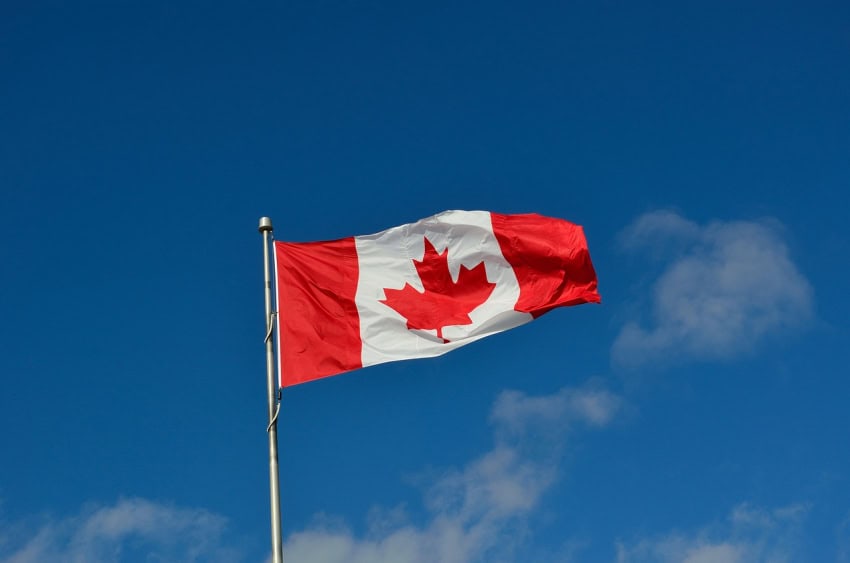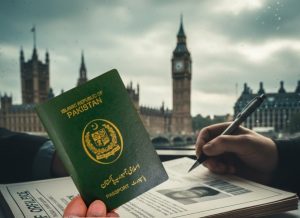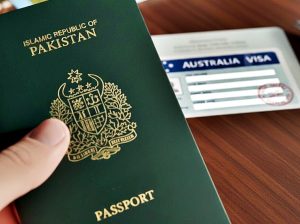TORONTO – Authorities in Canada are exploring the option to reduce the number of student visas, it emerged on Monday.
Confirming the development, Housing Minister Sean Fraser said the Canadian government is facing pressure due to the rising cost of housing and is considering capping foreign student visas, which have increased in recent years.
Due to the relatively straightforward process of obtaining a work permit, Canada has become a favored choice among international students. Statistics show that there were more than 800,000 foreign students with active visas in 2022, up from 275,000 in 2012.
Sean Fraser – who served as immigration minister recently – said the sharp increase in the number of students was putting pronounced pressure on some housing markets.
When asked whether a cap could be imposed on the number of foreign students, he replied, “I think that is one of the options that we ought to consider.”
The government has not yet made a decision, he added.
The minister told newsmen on the sidelines of a cabinet retreat that the country has got temporary immigration programs that were never designed to see such explosive growth in such a short period of time.
Pressure is also being mounted on the government of Justin Trudeau as critics say the government is not doing enough to tackle the housing issue.
Canada, which is a popular destination for aspiring immigrants, has a population of around 39.5 million people, and it plans to take in a record 500,000 new permanent residents in 2025. The country has seen record-breaking population growth last year, which appears to be the direct result of pro-immigration policies.
According to the official statistics, the country’s population grew by over a million in 2022, first time since 1957 due to multiple reasons with immigration being the prominent one.
Statistics Canada, the government census agency, had said that the population has reached 39.5 million after the recent growth which marks the first 12-month period in ‘Canada’s history where population grew by over one million people’.
The 2.7-percent population growth was the highest since 1957, when the country saw a 3.3 percent spike in its population, due to multiple factors including post-World War II baby boom and a jump in refugees relocating from Europe.














